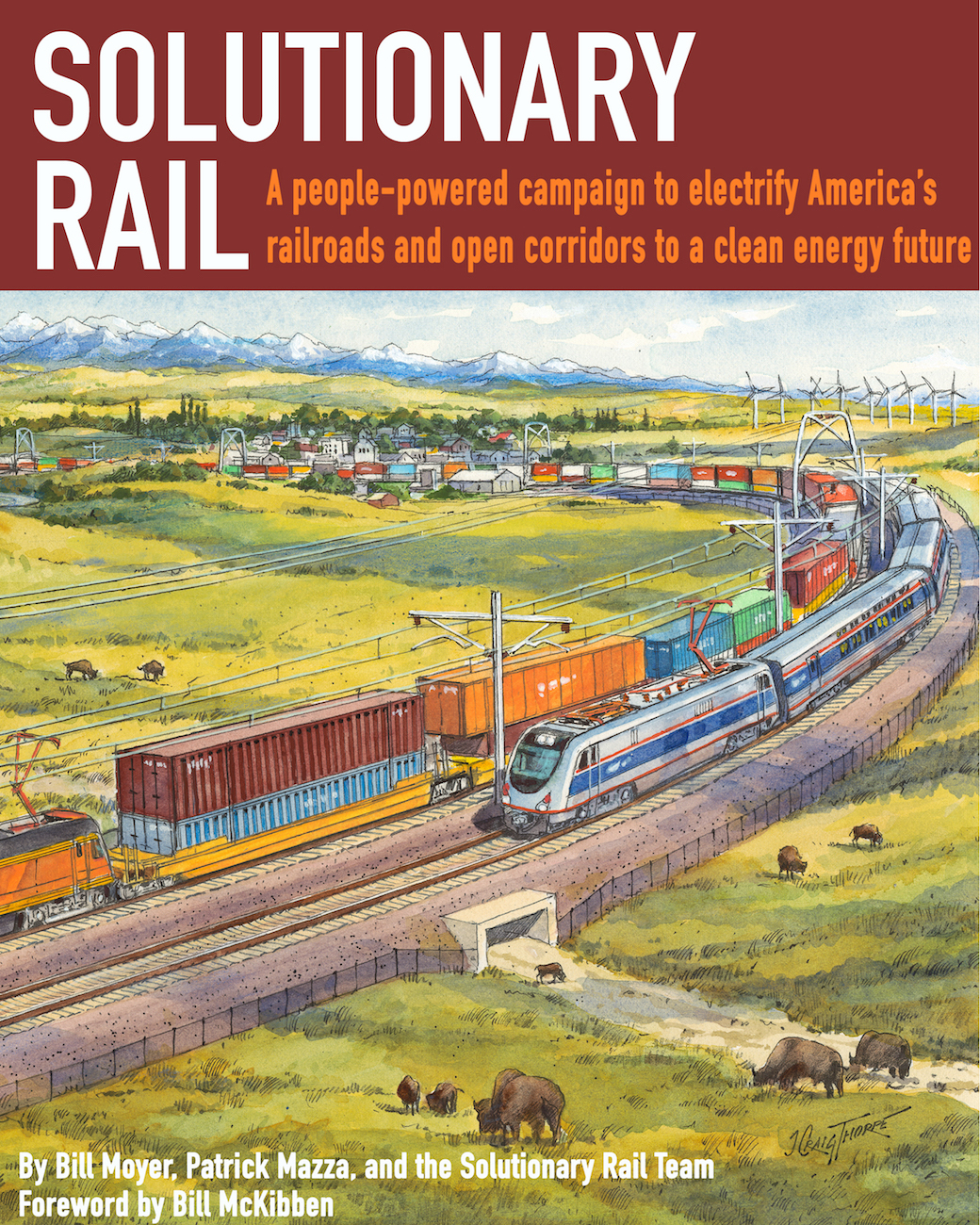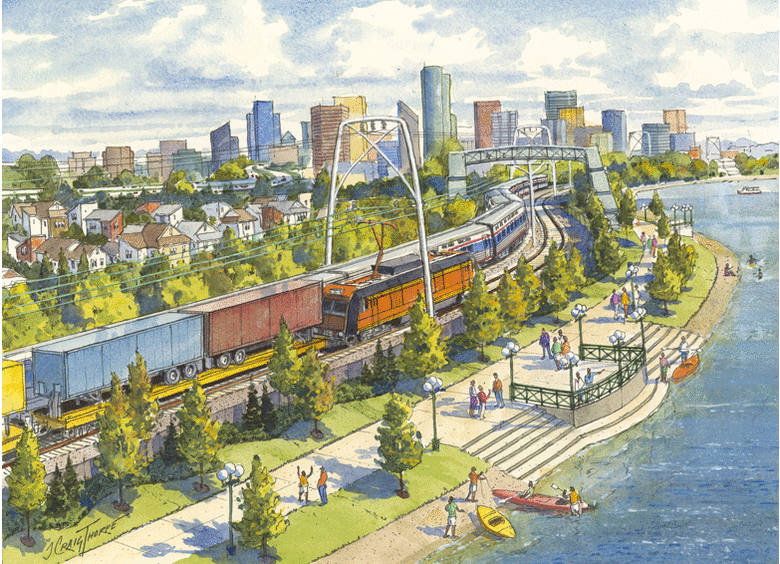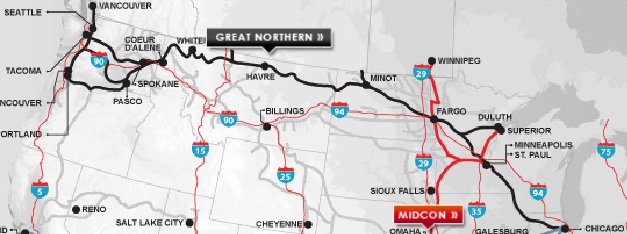Must-read blogs
- Casinos Not On Gamstop
- Casino Con Bonus Di Benvenuto
- UK Online Casinos Not On Gamstop
- Migliori Bookmakers Non Aams
- Gambling Sites Not On Gamstop
- Non Gamstop Casinos UK
- Non Gamstop Casino UK
- Slots Not On Gamstop
- Best Non Gamstop Casinos
- Sites Not On Gamstop
- Non Gamstop Casino
- Sites Not On Gamstop
- Slots Not On Gamstop
- UK Casino Not On Gamstop
- Casino Non Aams
- Best UK Online Casino Sites
- Sites Not On Gamstop
- Casino En Ligne Fiable
- Non Gamstop Casino UK
- Non Gamstop Casino
- Non Gamstop Casinos
- Non Gamstop Casino
- Migliori Casino Online Italiani
- Best Betting Sites Not On Gamstop
- Meilleur Casino Crypto
- Sites De Paris Sportifs Belgique
- Casino En Ligne Fiable
- найкращі крипто казино
- Meilleur Casino Sans Kyc
- Casino Cresus
- Bonus Gratuit Sans Dépôt
- Casino Senza KYC
- Meilleur Casino En Ligne
 So, we are two weeks into the Trump administration, and we see a runaway rush to promote economic suicide through pandering to oil and coal companies. Because, it would seem, the slogan was really "Make America Great At Propping Up Dead End Industries Again", but #MAGAPUDEIA" had to be edited down, both for length and because too few of Trump's core base supporters were confident they could pronounce it.
So, we are two weeks into the Trump administration, and we see a runaway rush to promote economic suicide through pandering to oil and coal companies. Because, it would seem, the slogan was really "Make America Great At Propping Up Dead End Industries Again", but #MAGAPUDEIA" had to be edited down, both for length and because too few of Trump's core base supporters were confident they could pronounce it.
One implication is that much work for sustainable transport and Living Energy Independence has to shift down to the state and local level, which was the focus of last week's Sunday Train and the Sunday Train two weeks ago.
We still do not have a firm outline of the promised "$1T infrastructure" policy, but early indications are that it will be (1) a package of tax breaks for private investment in infrastructure, (2) wide open to grabbing tax breaks to spending that would have been done anyway, and (3) at a level too small to back $1T in total spending, even setting aside the tax breaks going to infrastructure spending that would have happened anyway.
It is a $1T infrastructure plan in the same sense that putting a fiberglass body that emulates a Ferrari on a go kart would make me a Ferrari owner. And still, if the Republicans push it through Congress, there is still an opportunity to use such a system to make progress toward sustainable long distance intercity transport ... through the Steel Interstate proposal being advocated by Solutionary Rail.
How and why, below the fold.
Not Just What Are We Against, but also What Are We For?
 As we set out to fight over the next four years ... and particularly as we fight the next two years with very few points of leverage, struggling to hold together the remnants of our Democratic Republic long enough for a sufficiently honest and sufficiently fair midterm election to restore a national balance of power against our narcissistic new President ... it is important to remember not just what we are against, but also what we are for.
As we set out to fight over the next four years ... and particularly as we fight the next two years with very few points of leverage, struggling to hold together the remnants of our Democratic Republic long enough for a sufficiently honest and sufficiently fair midterm election to restore a national balance of power against our narcissistic new President ... it is important to remember not just what we are against, but also what we are for.
I am for taking whatever steps are required to prevent our industrial civilization from succumbing to the consequences of our century and a half of reckless plundering of sequestered carbon ... as if that carbon had not been sequestered as part of the process that was maintaining the benign climate that we have had, and won't have for very much longer.
As one part of that, I have advocated for Steel Interstates for over six years now. As a consequence of that advocacy, I came into contact with the Backbone Campaign. The Backbone Campaign had been fighting against coal trains and oil trains and coal terminals and in the process had been challenged to consider whether railroads were an intrinsic enemy, or whether they could be part of the solution to the problems that the Backbone campaign were fighting. So I joined with a team of people to consider how rail could be used as a positive step toward a sustainable future.
One benefit of working as part of a team rather than as a lone wolf is that when you run into a shortage of time to invest, that does not bring the project itself to a shrieking halt. While the frequency of my own Sunday Train column has been slowed to a crawl by the challenge of developing two new courses a semester, every semester for two years ... the Solutionary Rail team has forged ahead.
But is this one more positive effort that must be put on the back burner in the Age of Trump? Actually, I don't think so.
Why Trump's Crony Capitalism plan mostly won't do all that much long term good
First, note the key flaw of the basic approach advocated by Trump, as pointed out by Brad Plumer at Vox:
Other analysts zeroed in on that second point. If high user fees or tolls are needed to help private investors recoup their investments, then a lot of infrastructure in America may simply never get funded. Think of existing toll-free roads in poor shape, or urban bus systems, or aging water pipes in low-income cities like Flint where people can’t afford a big hike in their water bills. Many of these projects may be worthwhile, but they typically require public funding.
“If [we] only built projects that could cover their costs with user charges, we would have far fewer white elephant projects,” says Harvard’s Glaeser. “However, we would also miss good projects as well. In particular, we would miss projects that mainly serve the less advantaged. Asking buses to pay for themselves would be a mistake.”
This extends to infrastructure where the economic benefit includes reduced climate impact, which is a quite real benefit, but also one regarding which the present administration has its head firmly placed in the sand (or worse). Preventing millions of climate refugees, preventing much of New York and Miami from drowning, preventing desertification of the Great Plains ... all of these are real economic benefits, and none of these can be readily monetized to generate a financial profit from which to take a big tax break.
However, while this is not an approach that is useful for meeting our nation's most urgent infrastructure needs across the board ... there is one area which might be able to leverage this into laying the foundation for a substantial step toward a sustainable transport system.
What is the Steel Interstate / Sustainable Electricity Superhighway System?
 As I have already mentioned, this is not the first time that the Sunday Train has talked about the Steel Interstate. Steel on steel rail is the most energy efficient way to transport freight across the country at highway or greater speeds. It can be powered sustainably if it is electrified and that electricity is generated in a sustainable manner. However, there are several obstacles that prevent the adoption of this existing, mature technology to take over a substantial share of the long distance freight task from our polluting, energy inefficient diesel freight over our crumbling Interstate Highway infrastructure:
As I have already mentioned, this is not the first time that the Sunday Train has talked about the Steel Interstate. Steel on steel rail is the most energy efficient way to transport freight across the country at highway or greater speeds. It can be powered sustainably if it is electrified and that electricity is generated in a sustainable manner. However, there are several obstacles that prevent the adoption of this existing, mature technology to take over a substantial share of the long distance freight task from our polluting, energy inefficient diesel freight over our crumbling Interstate Highway infrastructure:
- Interstate highway construction is primarily financed with tax-exempt public bonds, while rail construction is financed with taxable corporate bonds;
- Interstate highways are largely exempt from local property tax, while rail infrastructure is largely subject to local property tax;
- rail infrastructure must pay its own way, while interstate highways are cross-subsidized by urban motorists paying federal gas and diesel tax while driving on roads that are not recipients of federal highway funds.
The rigging of the system against rail and in favor of subsidized motorized transport on roads has resulted in the railroads retreating to specific freight markets where their cost-effectiveness allows them to overcome the multiple tax subsidies received by road freight. This tends to be heavy freight that is more concerned with cost per ton than with prompt delivery. While dominating many of these "heavy but slow" freight markets, railroads have largely yielded time-sensitive and speed-sensitive land freight to the heavily tax-subsidized road freight operators.
A core part of the Steel Interstate concept is to establish a new class of electrified Rapid Freight Rail infrastructure on terms which level the playing field between road and rail freight.
Solutionary Rail is advocating for the funding of a feasibility study on the establishment of state-chartered Steel Interstate Infrastructure Banks, in which a cooperating group of states would authorize construction of rail electrification infrastructure and invest in Rapid Freight Rail paths on major freight rail corridors. The new Steel Interstate infrastructure would be exempt from property tax, like public highways, and would be financed by tax-exempt Private Activity Bonds. The host railroad would pay user and access fees which would fund the payment of the Private Activity Bonds.
Solutionary Rail proposes establishing the first corridor on the BNSF Great Northern corridor from Washington, State through to Illinois. A key part of the case for tax exempt status is that the Steel Interstate Infrastructure Bank would be chartered to include the Electricity Superhighway infrastructure to allow the Steel Interstate to be powered by sustainable power available from along the route or from either end of the corridor. It would be empowered to use this transmission capacity in support of renewable energy development along the corridor.
Now, the transport infrastructure funding crisis, created in part by six years of economic sabotage by the Republican majority in the House of Representatives, has meant that many have been looking around for way to finance urgently needed infrastructure. And as a result, much more of current authorization for Private Activity Bonds to support transport infrastructure has been committed to projects than was the case when this approach to financing the Steel Interstate was first raised.
Ideally, the allocation of Private Activity Bonds could be increased through, for example, cancelling obsolete and counter-productive tax subsidies for oil exploration, and using the tax proceeds to offset the income-tax subsidy of the Private Activity Bonds. However, this ideal policy solution is not likely to be available over the next two to four years.
How can the Steel Interstate make progress in the context of Trump's Crony Capitalism?
Now, this proposal is nothing like what the Trump "Infrastructure" is designed to support. As far as can be discerned, the Trump Plan is a combination of tax cuts for infrastructure which would have been built anyway, and new toll road and toll bridge infrastructure built based on willingness to pay instead of positive net benefit to the economy. And one thing that is already quite clear is the determination of the Trump administration to prop-up dead-end fossil fuel industries.
However, the mismatch between the Solutionary Rail proposal and the vague outline given for Trump Infrastructure for Crony Capitalists is actually fairly narrow. The focus of the Solutionary Rail system on renewable energy is built in through the chartering of the Steel Interstate Infrastructure Banks by the member states, so that is independent of whether the Federal government approves of that focus.
The mismatch is simply this: so far as the "Trump Plan" has been set to paper, it involves a tax credit for investment in infrastructure. This is, after all, supposed to be a crony-capitalist give-away to for-profit corporations. And the Steel Interstate Infrastructure Banks as envisioned would be not for profit corporations, and so would not benefit directly from getting a tax break on corporate profits.
The cleanest fix is to incorporate an increase in the Private Activity Bond for Transportation Infrastructure authorization as part of the Infrastructure Plan. As Slate notes:
Trump's plan is unusual because, as written, it seems to be targeted at fully private projects, which are less common. That may or may not be what the campaign entirely intended; in an email exchange, Ross and Navarro suggested to me that the tax credits could also be used for public-private partnerships, but they were a bit vague and muddled on the details.
This "vague and muddled about details" will not be any surprise to anyone who has been conscious through the first fortnight of the Trump administration. It is, however, an opportunity to smuggle useful policy changes into a plan in the guise of "clarifying" it. And, after all, Republican as well as Democratic states have been taking advantage of Private Activity Bonds in "public/private partnerships", so there will be Republican governors to talk to Republican Congressmen about including an increase in the Private Activity Bond authorization.
However, even if the pure "Crony Capitalist" tax subsidy grab is all that is passed, there is still likely to be opportunity to take advantage of the tax give-away even though the project happens to be socially useful rather than a pure profit grab. For one thing, the Steel Interstate is a genuine public-private partnership, involving cooperation between a public-purpose, not-for-profit Infrastructure Bank and the commercial host railway. The plan will surely allow for passing on benefits to private corporations, since giving benefits to private corporations is the entire point of the policy, and while the Steel Interstate Infrastructure Banks may be chartered as public-purpose, not-for-profit corporations, the host railway is a for-profit corporation.
Of course, the details of how to leverage an 82% corporate tax credit for equity investment in transport infrastructure to support the activity of a Steel Interstate Infrastructure Bank depends on the details of the plan. And, of course, we won't have any real details until we see what the Republican House Majority presents as the legislation that purports to implement Donald Trump's $1T Infrastructure Plan.
However, with the Solutionary Rail combination of Steel Interstate and Sustainable Electricity Superhighway, we have the makings of a "user pays" system which can make a big step toward decarbonizing the long haul land freight which is presently dominated by diesel trucks on crumbling National Highways. So it bears watching the details of the process closely, to ensure that the opening exists to proceed with the Solutionary Rail Plan in the Age of Trump.
Forging Ahead versus Collaboration with the Enemy
I do not think this is really worthy of a separate section, but I'm going to give it one anyway.
Don't for a minute confuse any efforts to ensure that the Trump Infrastructure Plan includes a path ahead for Solutionary Rail with advocating for the Trump Infrastructure Plan.
Indeed, the Republicans in Congress in the past six years have blaze the trail here.
We fight for whatever amendments we wish to see included in the final bill, including whatever cross-party alliances are required in that fight.
And then we fight against the final bill, because it remains at heart yet one more massive pile of corporate tax subsidy welfare, even if a minority of the tax subsidies may be available for useful purposes.
And then when the provisions that we fought for are pushed into law by the Republican majority in the House and the Senate and signed into law by the so-called President, we take full advantage of the provisions that we pushed for.
Conclusions and Conversations
So, what do you think?
Not just, what do you think about the Steel Interstate / Sustainable Electricity Superhighway system, but what do you think about existing opportunities to pursue sustainable transport and sustainable energy in the Age of Trump (always supposing, of course, that we survive it).